In this blog, we will discuss ways in which breathing affects our yoga practice, the intimate relationship between breathing and the mind, and the usefulness of cultivating an awareness of breathing as a means of engaging the mind.
Life Force and Yoga Pose
Biologically
Breath awareness during asana practice causes a transfer of control over breathing from the medulla oblongata, which is located in the brain stem, to the cerebral cortex, which is located in the evolved brain. The magic begins at that precise instant when we become conscious. A serene consciousness emerges as the mind subsides.
Energetically and emotionally
This makes emotional tension and irrational thinking less probable. Therefore, the entire system is essentially spared. When mental and emotional obstacles dissolve, the prana, or life force energy, flows more freely, liberating the entire being. The “feel good” sensation that follows a yoga session is the consequence of this.
It follows that breathing is closely related to the distribution of prana, or life force energy, throughout the body.
Physically
Breath is also intimately related to our posture, how we perceive and move our bodies, and the patterns of our structural alignment in physical practice. By becoming more attuned to one’s breathing, one can alleviate strained muscles and unnatural postures that cause compression of the joints. The ability to move fluidly and effortlessly through an Ashtanga Vinyasa practice also hinges on one’s awareness of breath.
Body and soul
If you’ve ever done any serious meditation, you’ve probably noticed that your thoughts follow your breath. Yes, it’s a two-way street; when your thoughts wander, your respiration follows suit.
Using our breath as a guide, we may delve into the most nuanced aspects of our emotional and mental landscapes. Alterations to the respiratory pattern indicate mental processes.
That is to say, breathing provides a way by which we can probe the more nuanced workings of our emotional and mental landscapes. Observe any variations in your breath as a sign that something is occurring mentally. Your breath will be a reflection of your mental state whenever anything happens, such as an unsettling notion.
As a result, you’ll see that paying close attention to your breathing can help you gain an understanding of your thoughts, thanks to the close relationship between the two. Understanding the mind’s inner workings is the path to liberation from pain.
A life free of pain
Just so we’re clear, being free from pain isn’t the same as being free from suffering. Things like loss and pain are inevitable in life. However, suffering occurs when we do not let go of the pain; instead, we keep thinking about it, making up stories about it, and experiencing it again and again. Alternatively, we can accept the pain as a sensation in the present, free from tales, and move on.
Ujjayi Pranayama
With that out of the way, I’ll wrap up this post with an explanation of the Ujjayi breath, which may greatly enhance your yoga practice by bringing your attention to your breathing.
This type of pranayama differs from others in that it is typically practiced alongside asana. When practicing Vinyasa or Ashtanga yoga, it is important to use the ujjayi breath. It is the primary breathing technique employed during the flow and practice of more challenging poses. When you’re ready to wind down and get into calming positions, it’s best to stop forcing your breath and instead let it flow more naturally.
You might feel revitalized and calmed by practicing Ujjayi pranayama. When I’m in a state of profound meditation, absorption, or concentration, I can notice that my breathing takes on this pattern on its own.
Also Read: What to eat before and after yoga?
The Ujjayi breath and its practice:
- Softly grin, start to extend your breath, close your eyes, and picture yourself peering down your nose.
- The next step is to slightly retract your jawline as if you were whispering. The sensation of airflow across the back of your throat should now be apparent. Do this with your mouth closed. Your breathing will resemble the gentle rustle of leaves as the wind whispers through the forest.
- The breath can grow when one listens to it. Maintain a consistent inhalation and exhalation sound and length.
- If you feel the need, you can practice this form of breathing while you’re in an asana class.
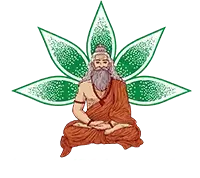
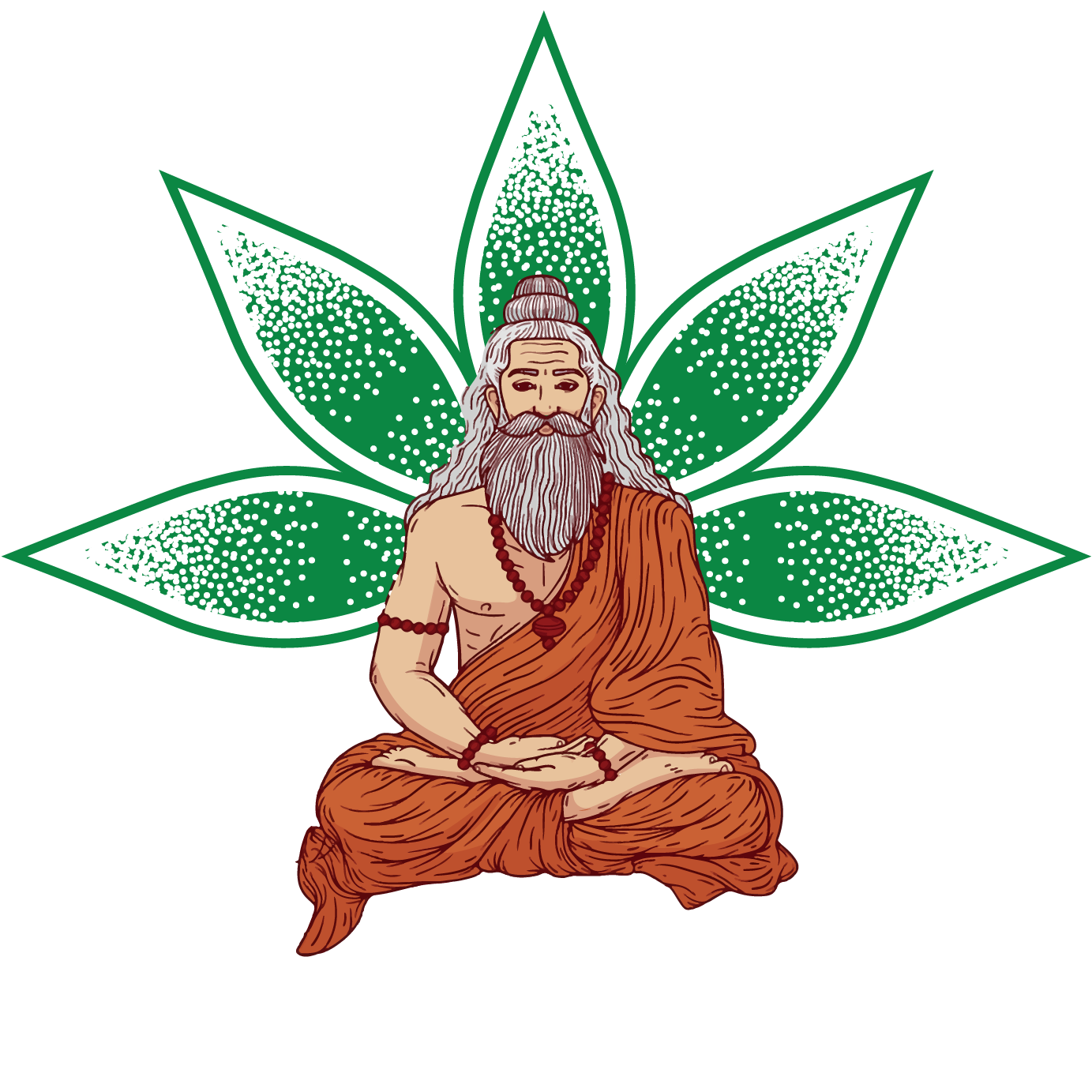
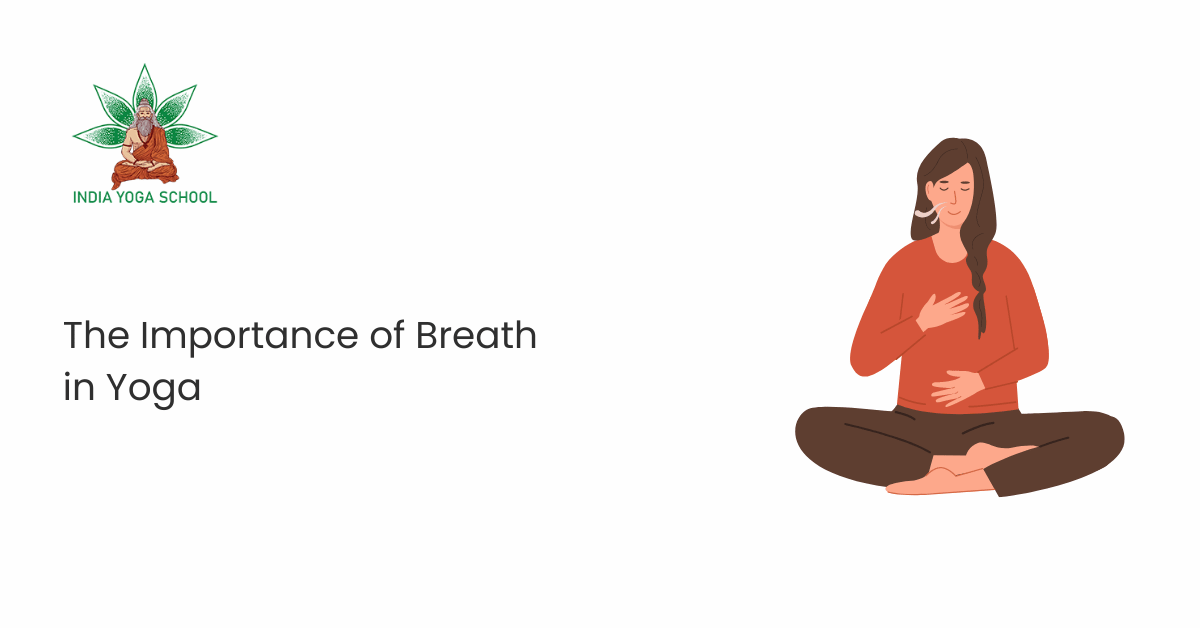
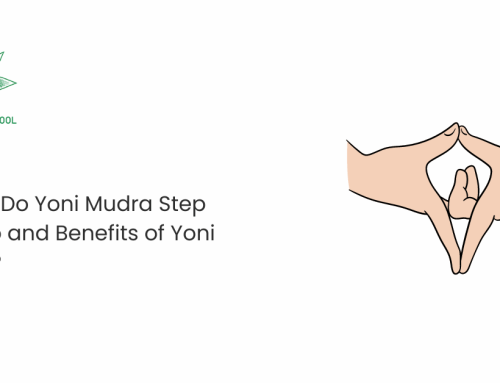
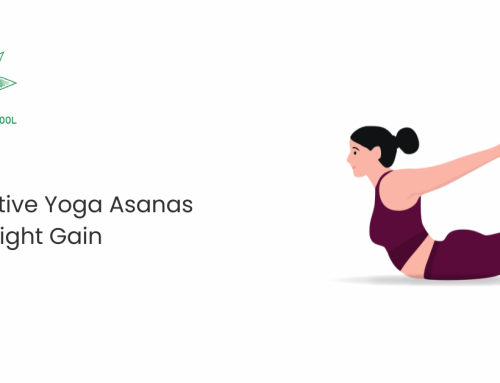
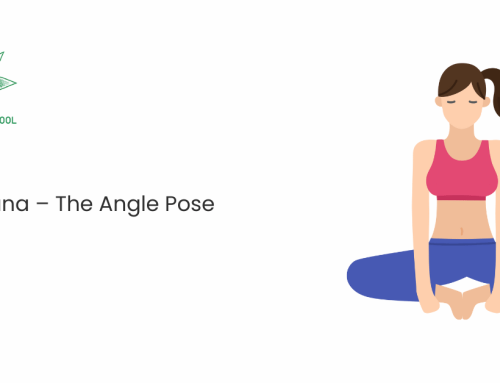
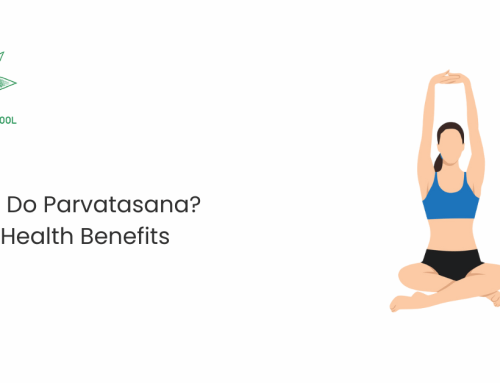
Leave A Comment